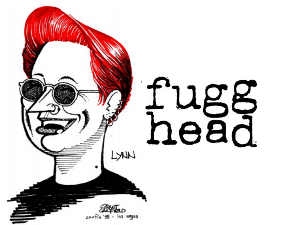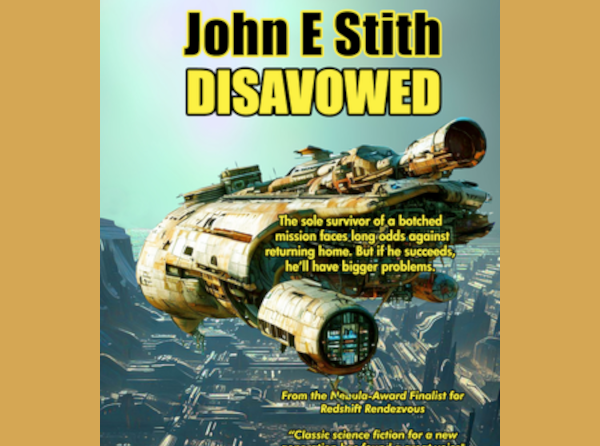Science Fantasy’s first issue took me a while to acquire and this copy is not in the best condition, with a slightly rolled spine, but I’m glad to have it. I’m pretty sure (though I’ve not consulted professionally on the issue) that the shorter print runs of the UK magazines are responsible for this. Also, very few, if any science fiction magazines, made the trans-Atlantic passage as ballast while traveling east to west. Fortunately for the Swan group, they did so going from west to east.
(Yes, overstock was used as ship’s ballast from the US to the UK during the WWII era and some enterprising individuals obtained that ballast and sole those magazines and/or reproduced their contents. From Phil Stephenson-Payne’s Galactic Central: “Gerald G. Swan was one of the most enterprising of wartime publishers in Britain. Although he established his publishing company in 1938, he stockpiled his books rather than distributing them and thus had a supply of paper when it was rationed during the war. As a result he virtually cornered the magazine market and released hundreds of publications in all fields of fiction, all of irredeemably poor quality! Most of his inventory was compiled in the 1940’s from a mixture of home-grown “talent” and reprints from Columbia magazines, even though some of them were not printed until the 1960’s.” Not saying Gerald did this with the ballast, but he might have.) Full disclosure, I do not haver any of Gerald’s publications in the collection.
And now, Science Fantasy.
Published by Nova Publications as a companion to New Worlds, arguably the most influential UK science fiction magazine that had been championed by Michael Moorcock and was a foundation stone of the British New Wave.
There seems to be little difference between the two magazines in terms of content, despite the suggestion of the magazine’s title. The SF Encyclopedia notes that it published longer material as its primary distinction.
Science Fantasy was originally edited by Walter Gillings a fan publisher (who’d edited the earlier Tales of Wonder from 1937), shortly followed by Ted Carnell, who’s name looms large in UK Science Fiction (and who also published the anthology series New Writings in SF, which has grown to some 30 volumes, plus three “best ofs” (New Writings in SF1, 1964 – New Writings in SF30, 1973). Carnell was followed by Kyril Bongfiglioli, Harry Harrison, Keith Roberts and J.G. Ballard for an issue.
The magazine was produced irregularly, originally intended as quarterly but quickly became bi-monthly for a period of time. After a few years it was renamed Impulse, and shortly after that change, again renamed to SF Impulse, which was itself merged into New Worlds. That magazine would briefly be retitled as New Worlds and SF Impulse in March of 1967.
Science Fantasy’s other claim to fame is that it was one of the few UK magazines that had multiple foreign editions, those being Canadian, Australian and New Zealand, making it one of the very few titles available under its own edition in that country.
The cover for this first issue reminds me very much of Larry Niven’s Kobold, though of course it was published well before the “Brennan-Monster” was a twinkle in Larry’s eye, though seeing it might have inspired.











